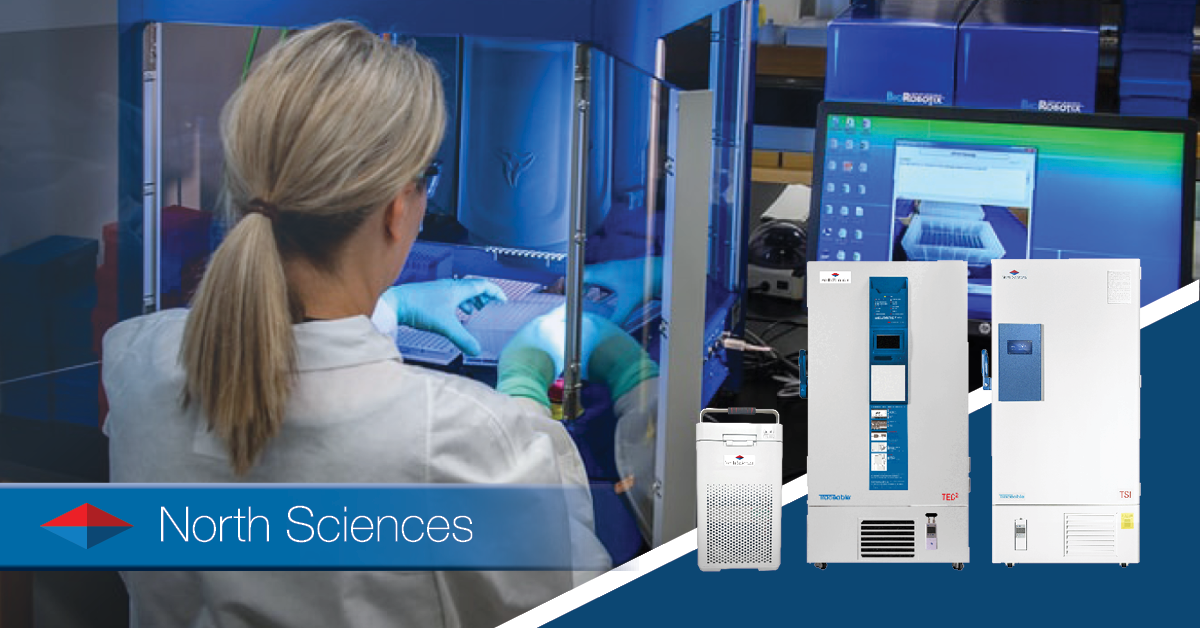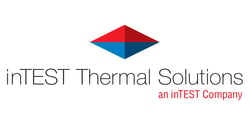The Truth About Energy Savings

3 Ways to Make ULT Freezers Save Energy
Ultralow temperature (ULT) freezers can consume a lot of electricity. Estimates from the US Department of Energy indicate that conventional ULT freezers consume between 16 and 22 kilowatt-hours (kWh) of electricity daily, which is about the same as the average US household. If your lab has more than one of these freezers, your energy use will be staggering.
Thankfully, ULT freezers have become more energy efficient these days. They can maintain temperatures of up to -80ºC while using much less energy.
If your lab wants to take part in saving energy, here are three things to consider.
1. Purchase energy-efficient ULT freezers
ULT freezers that have the ENERGY STAR label are certified by the Environmental Protection Agency (EPA) to consume significantly less energy. It’s a good idea to purchase an ENERGY STAR-certified ULT freezer if your lab needs a new one.
Also, if your lab has the budget, replace aging freezers as soon as possible. A recommendation from the University of Exeter in the UK is to replace any ULT freezer more than 10 years old. Acquiring newer freezers ensures better energy efficiency and more environmentally-friendly refrigerants.
2. Consider adjusting the temperature from -80 to -70ºC
In most labs, ULT freezers are set at -80º C for general cryopreservation of bacteria, viruses, mammalian cells, DNA, and other biological samples. While this temperature is ideal, it consumes more electricity.
By increasing the operating temperature to -70º C, your lab’s ULT freezers use up to 40% less energy.
Additionally, using a slightly higher operating temperature improves the lifespan of the freezers. They will also need fewer repairs and major maintenance services down the line.
There are biological samples that can safely be stored at -70º C, including:
- DNA and RNA
- Proteins / peptides
- Antibodies
- Cell lysates
- Mammalian cells
- Enzymes
In fact, a significant number of laboratories around the world have participated in the International Laboratory Freezer Challenge. Here, scientists compete to find the best ways to make their cold storage facilities more energy efficient. Through this challenge, many labs have adopted the -70º C setting for their ULT freezers with no negative impact on the quality of their samples.
Your lab can take on the challenge too. Assess the samples you have stored in your ULT freezers and see if they are safe to store at -70º C. If they are, adjust your freezers’ temperature settings accordingly.
3. Remove unnecessary items from your ULT freezer
The more contents a freezer has, the more energy it needs to use to cool the inside. Removing samples that will no longer be used helps save more energy. Also, doing this regularly gives enough space for new samples.
Combined, these best practices can save you astonishing amounts of energy. For instance, six labs in the Centers for Disease Control and Prevention (CDC) have racked up 350,000 kWh in energy savings per year by implementing these practices.
Your lab can save a lot of energy, too.


